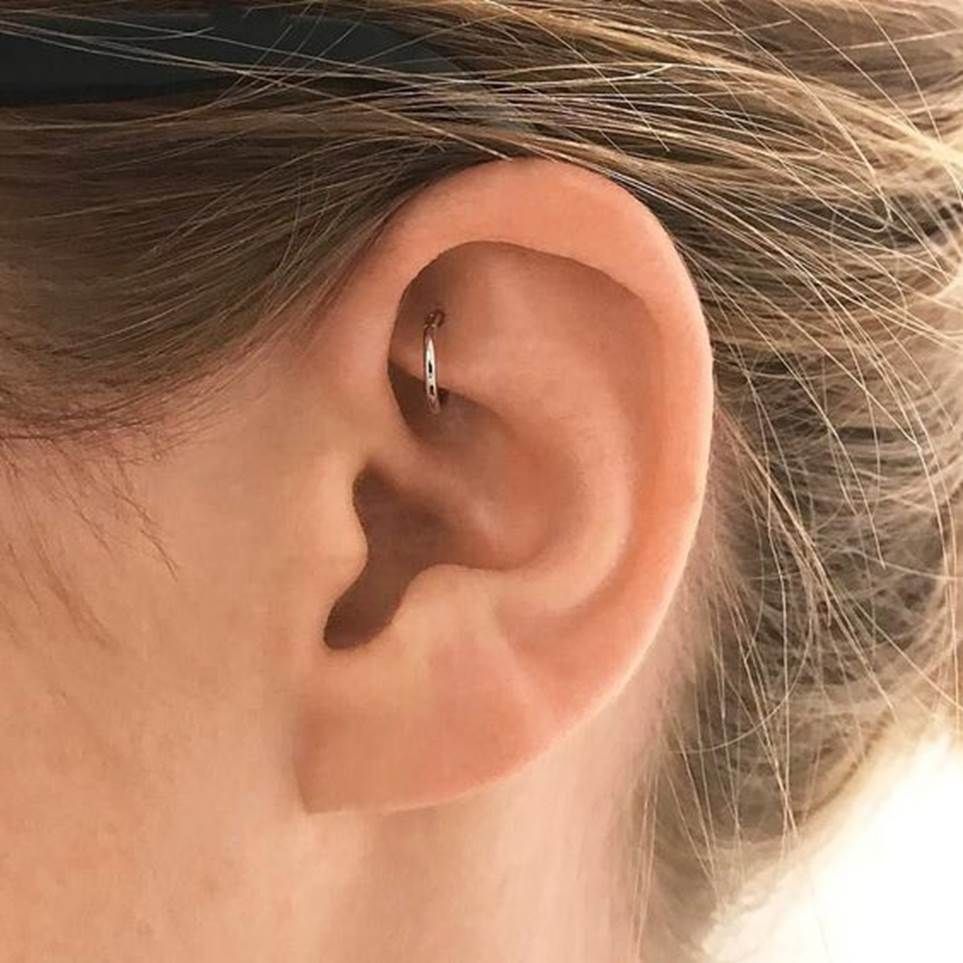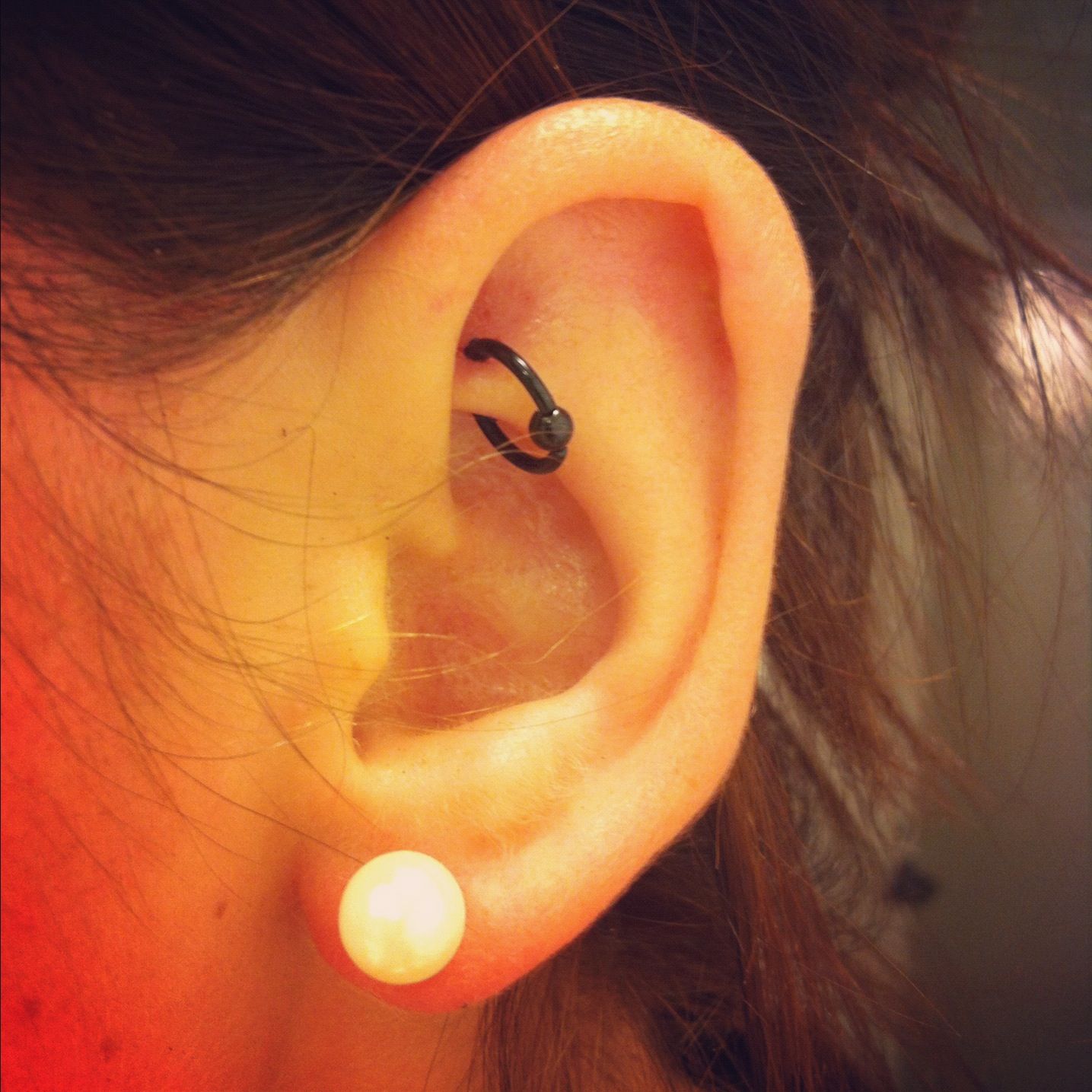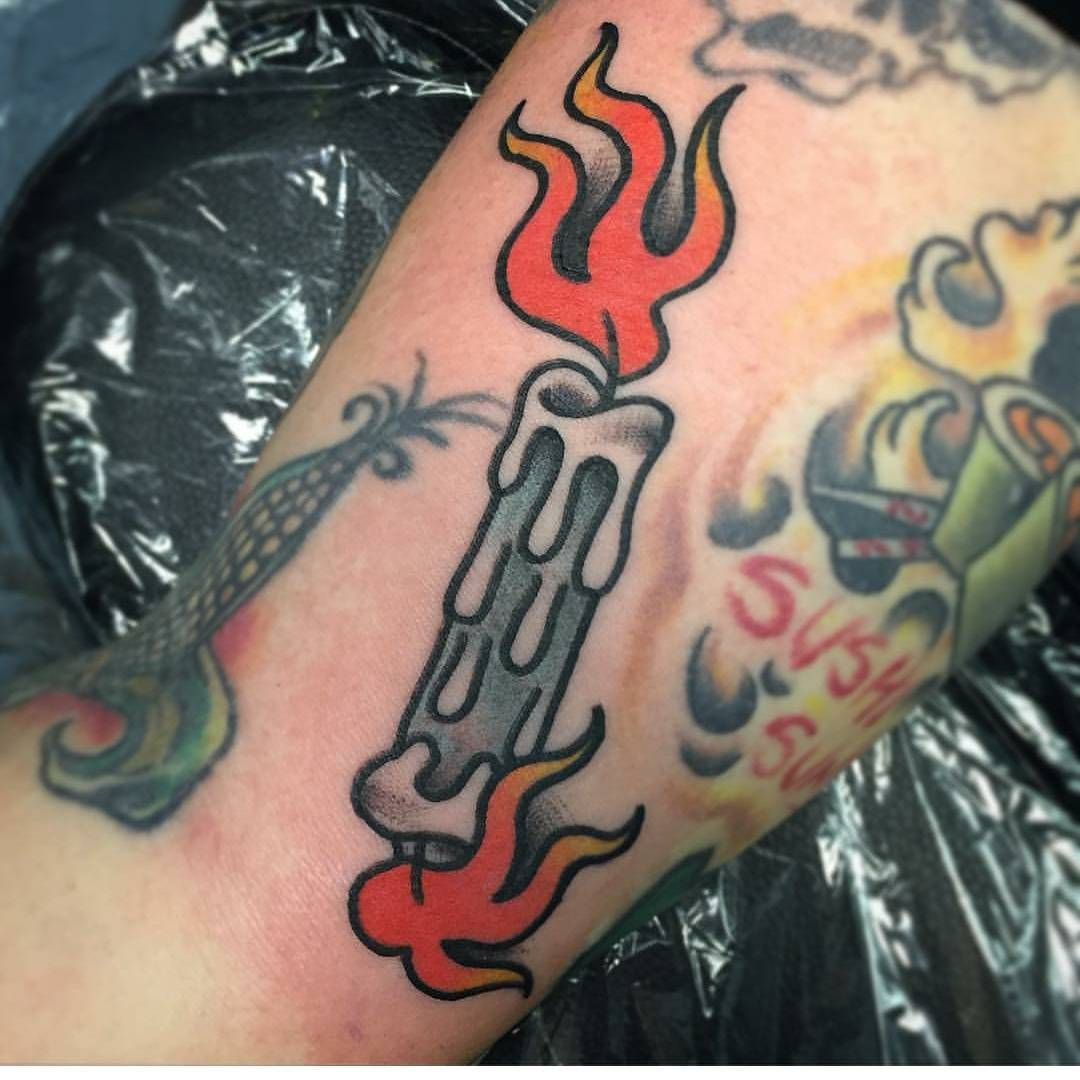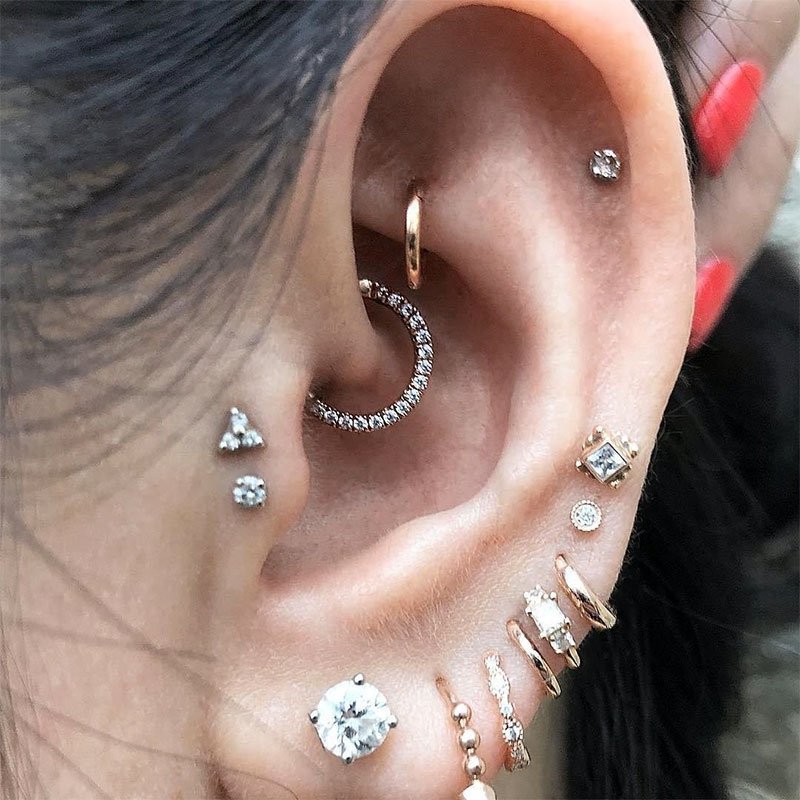
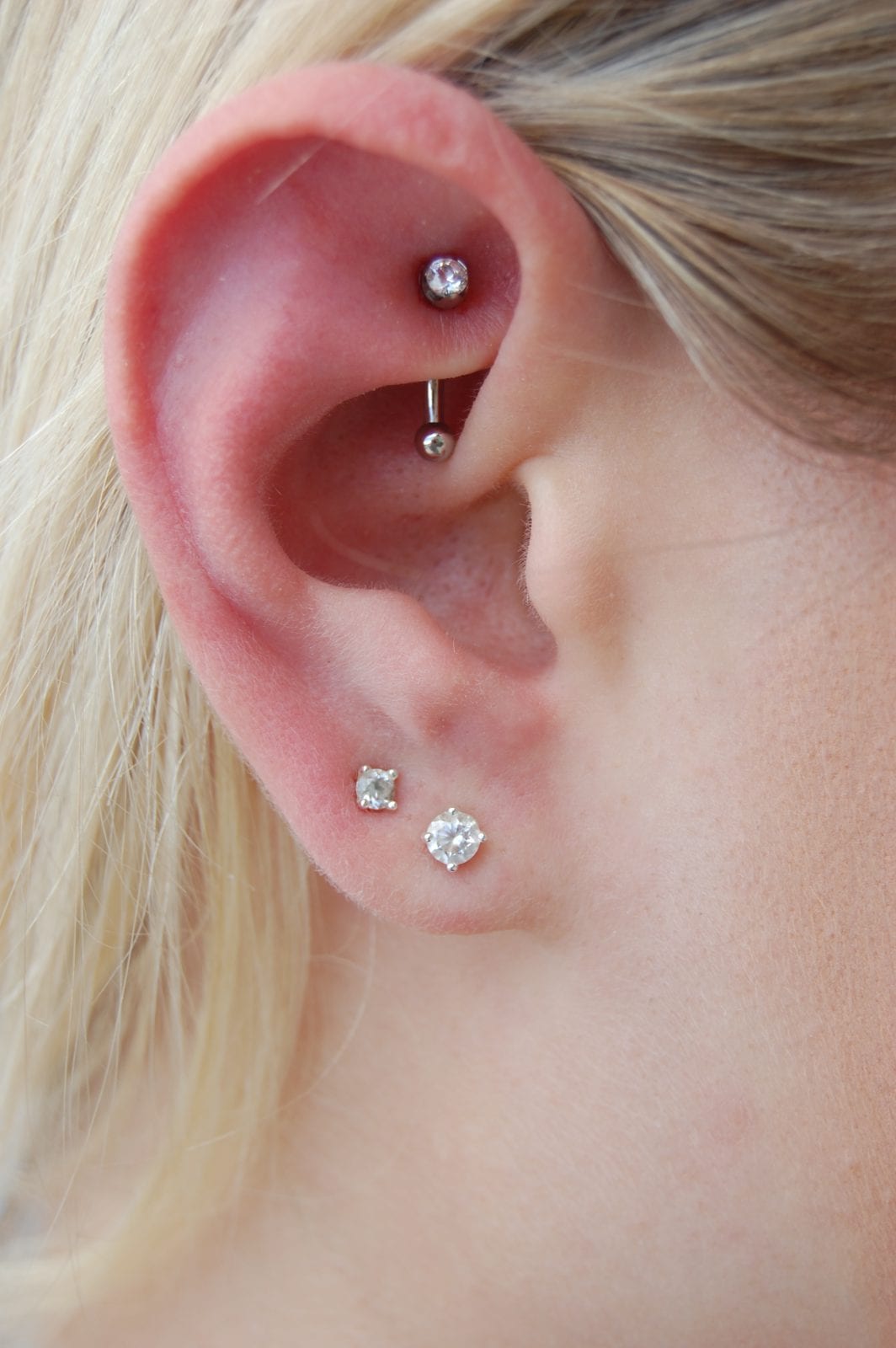
Rook piercings are a great way to add style and personality to your ears. They’re versatile, allowing you to switch out jewelry after the healing period. The process is relatively painless, similar to a helix piercing, but more noticeable due to its deeper location in the ear.
How It Works
Rook piercings are sought-after cartilage piercings that add a stylish accent to your ears. A piercer will gauge your ear to determine the appropriate size and style of jewelry, then numb the area using sprays or creams. A hollow needle is used to puncture the ear, and jewelry is inserted. The piercer ensures sterility, checks for proper fit, and cleans the piercing with saline solution and water. Proper care, including avoiding touching and keeping it clean, is essential during the healing period.
Pain Level
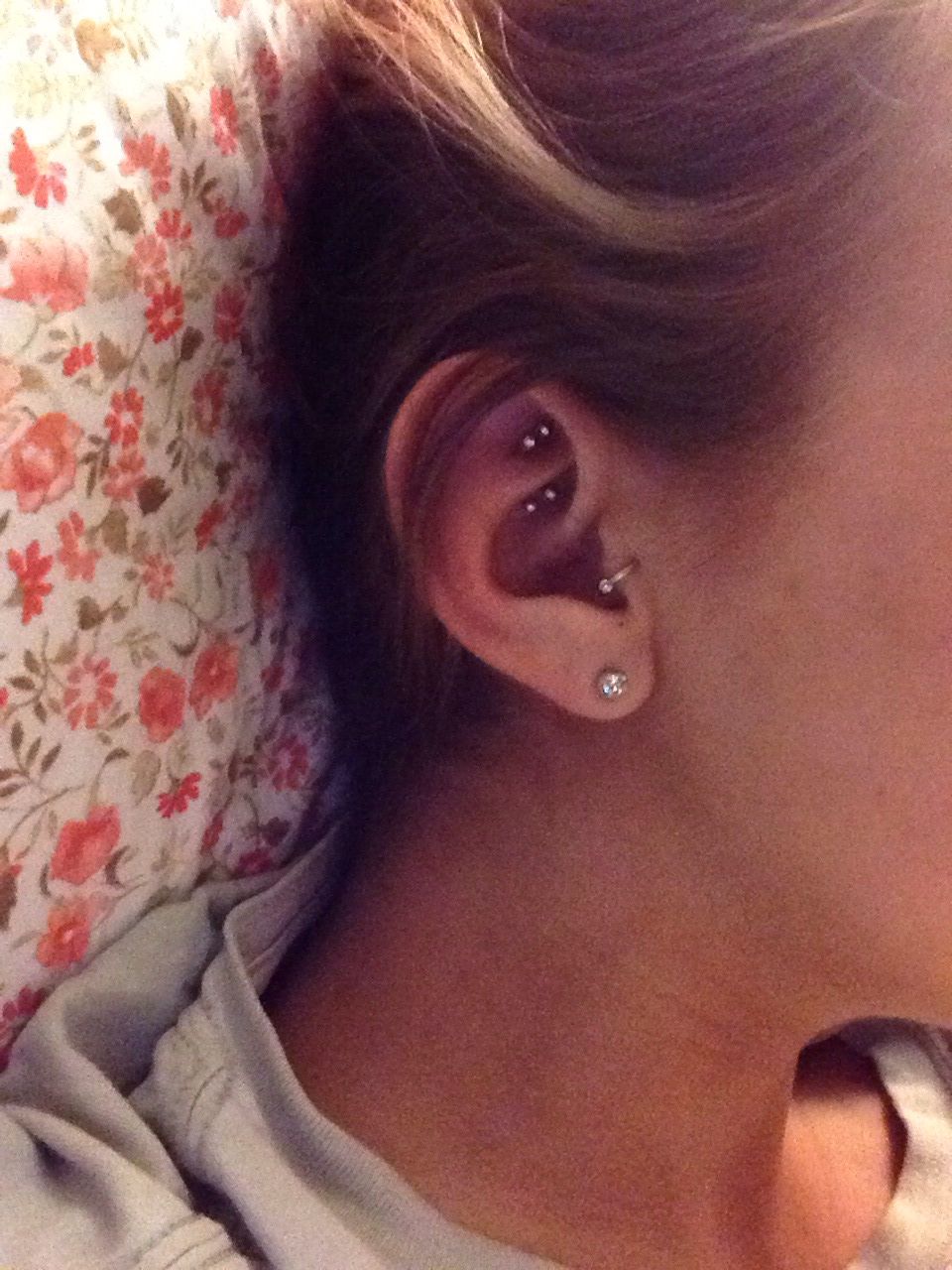
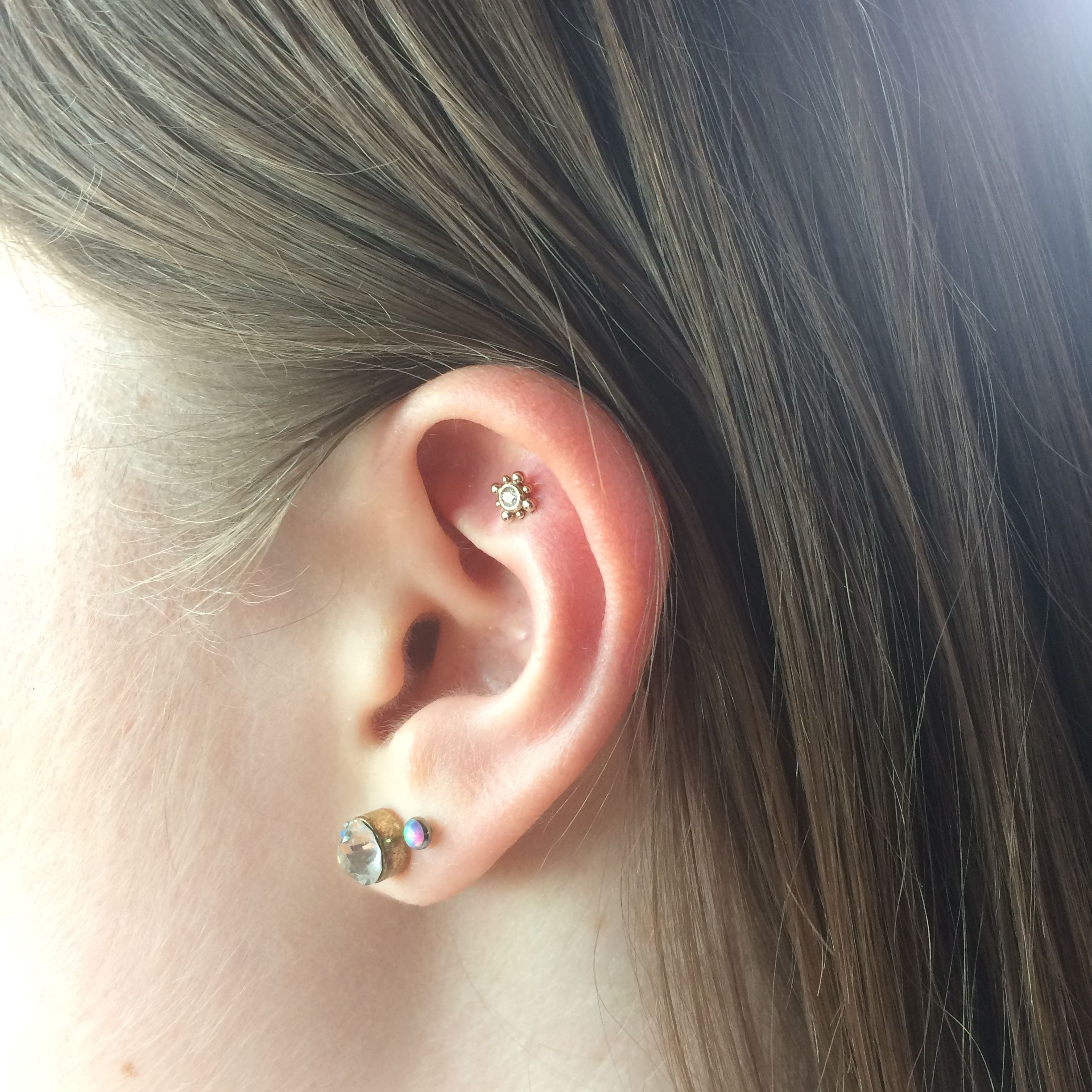
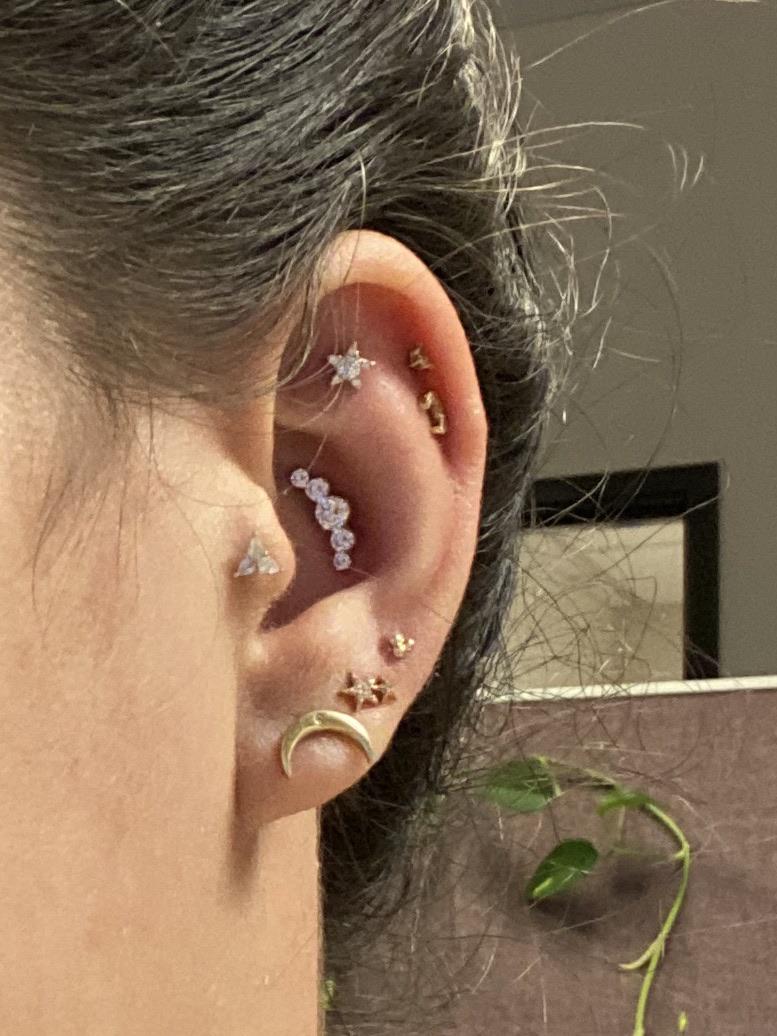
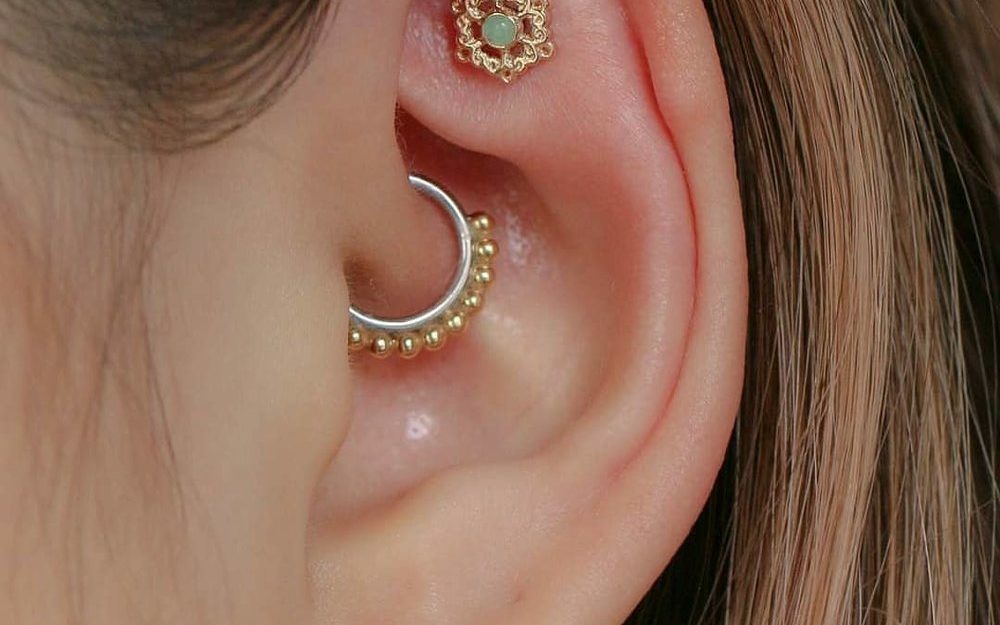
Rook piercings go through the inner ridge of the ear and have varying levels of pain. Discomfort can range from minimal to intense burning for a few seconds. The use of a sharp, sterile needle creates a deeper puncture, but the pain should subside shortly after. An experienced piercer can minimize discomfort, and your mental attitude can influence the pain experience. Rooks are sensitive to pressure during healing, so proper care and avoiding contact are important.
Aftercare
Rook piercings require proper aftercare to prevent infections. Choosing an experienced piercer and using top-notch tools is crucial. You should clean the piercing daily with saline solution and apply a thin layer of ointment for protection. Avoid activities that can irritate the piercing, such as swimming or excessive phone usage. Sleeping on the opposite side from the piercing helps with healing. Rook piercings come in various styles and can be worn with different outfits.
Side Effects
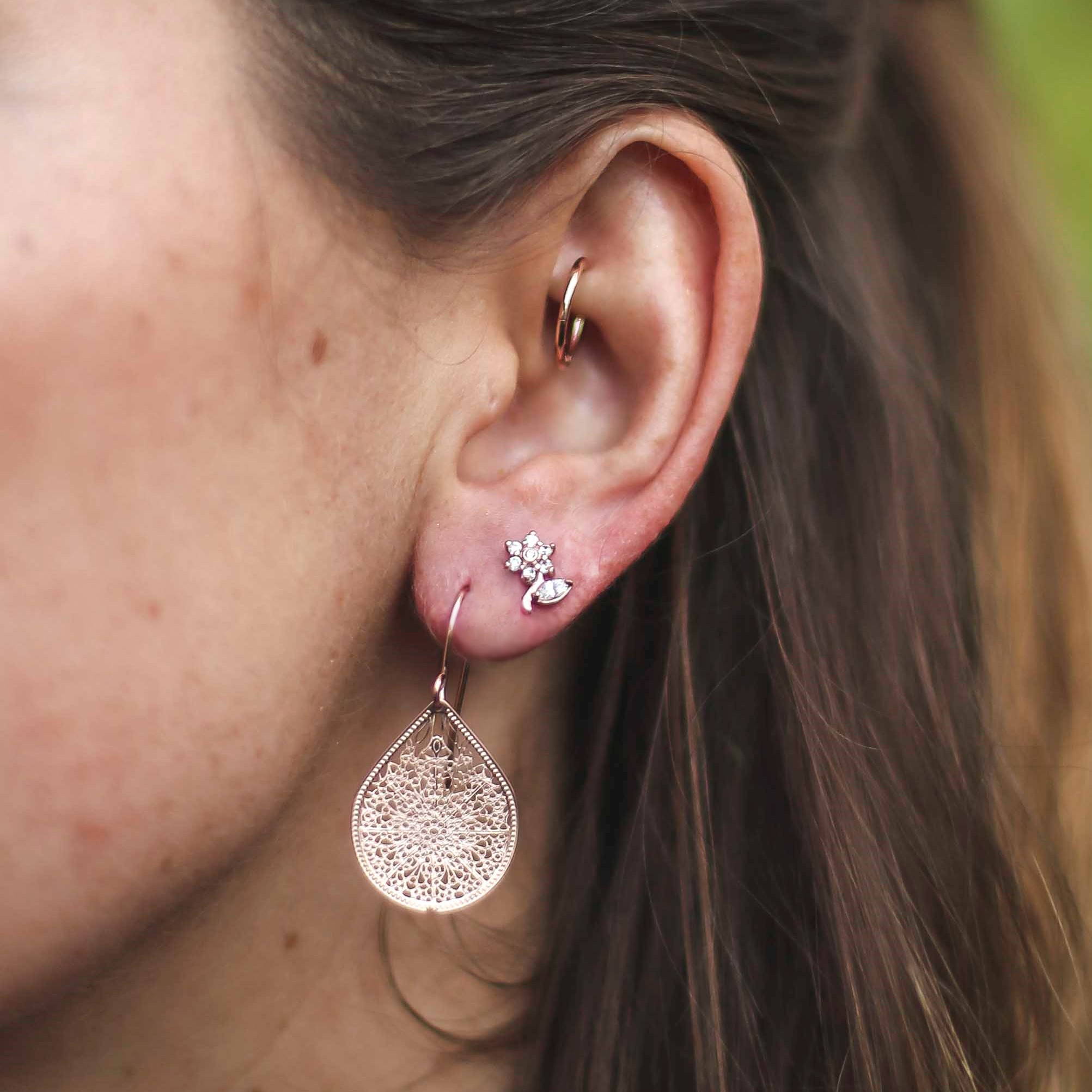
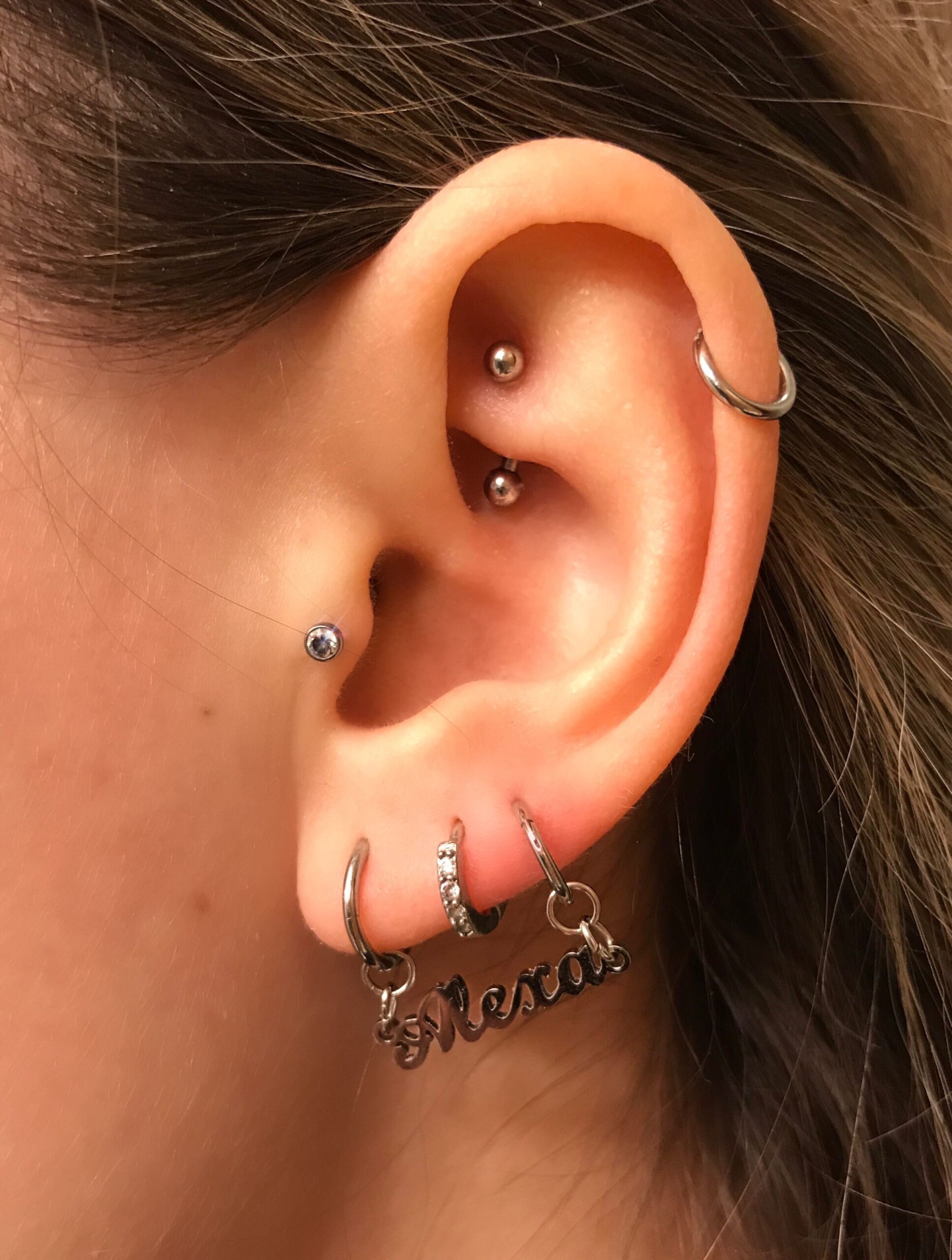
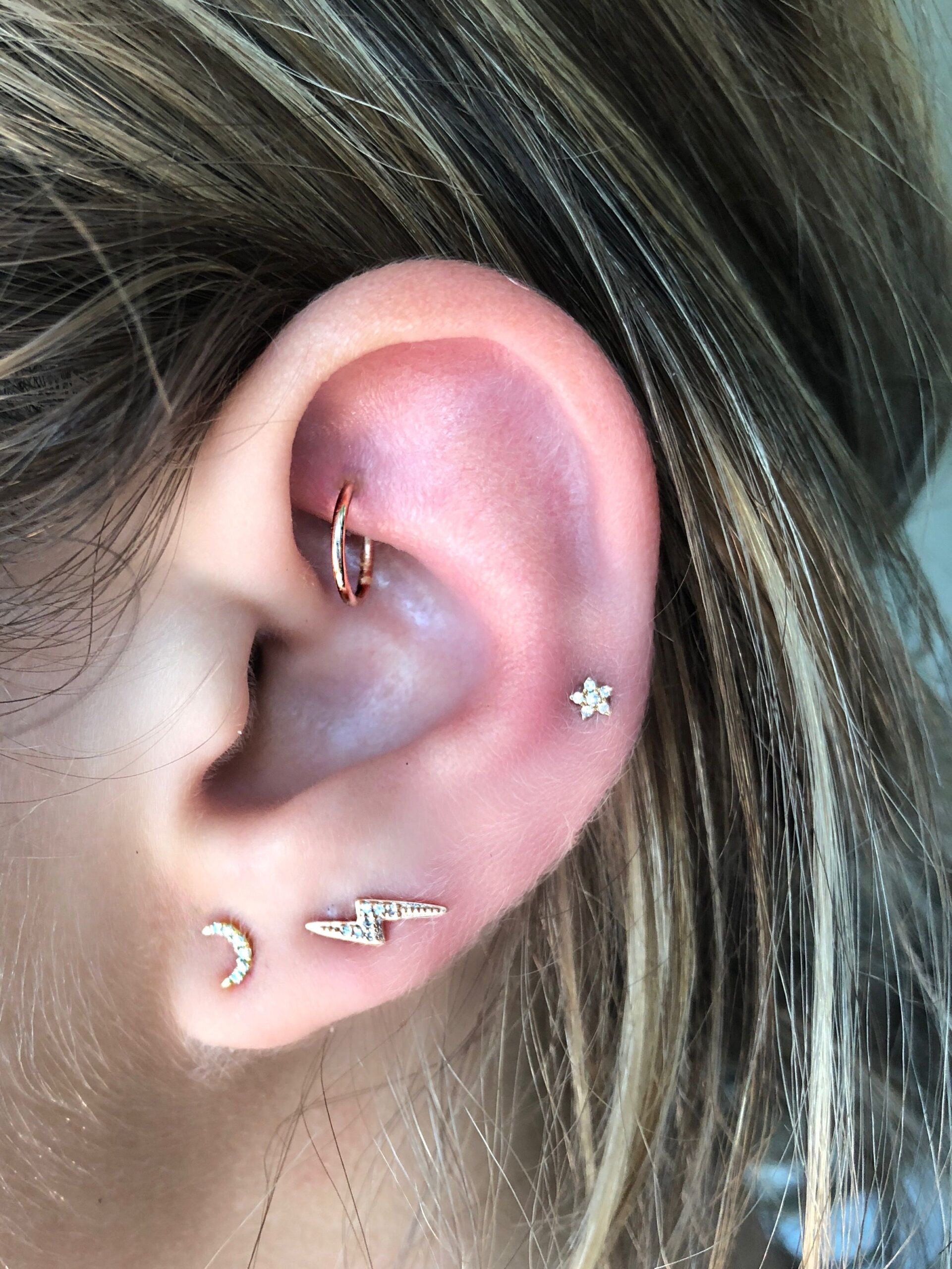
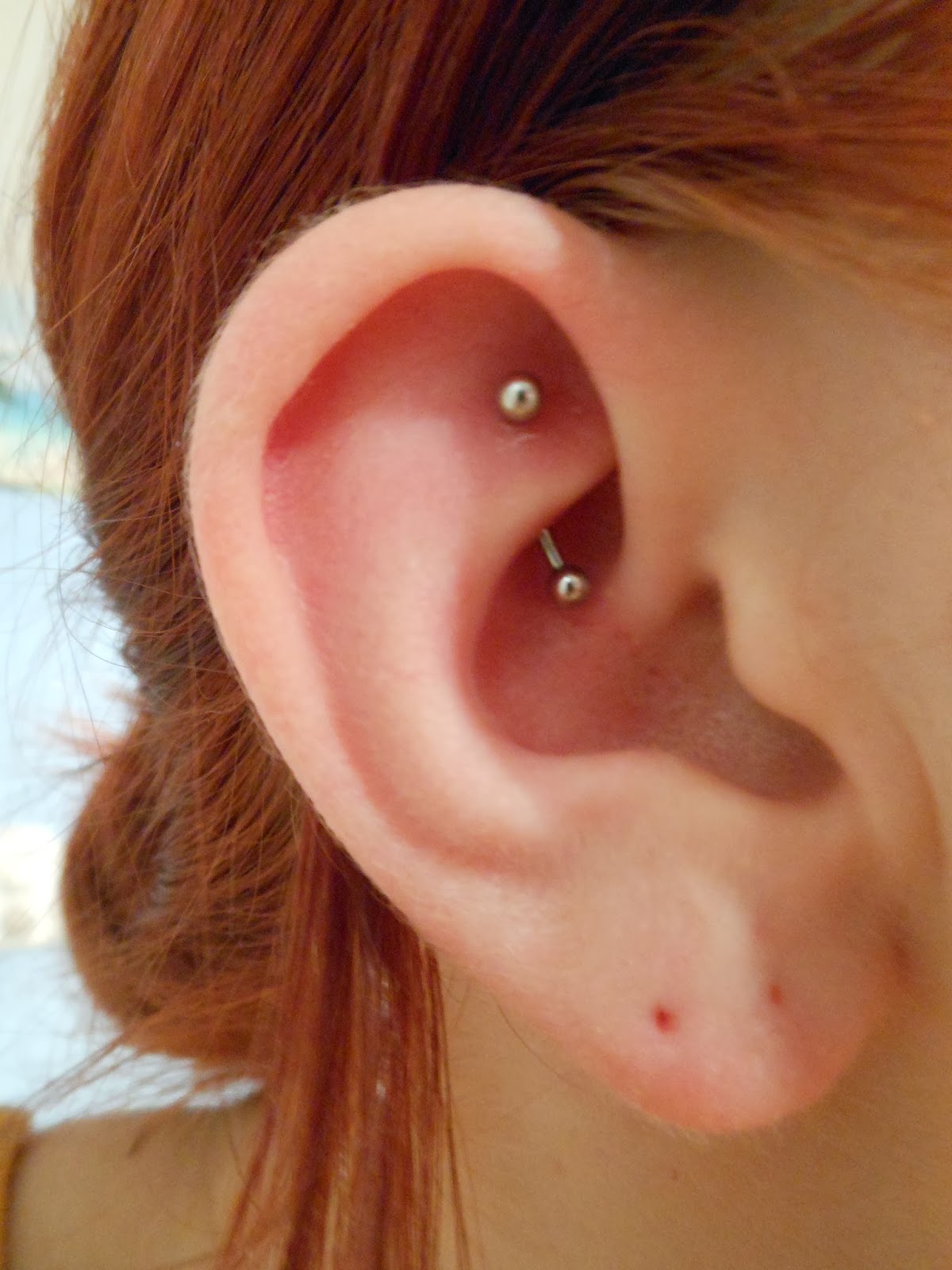
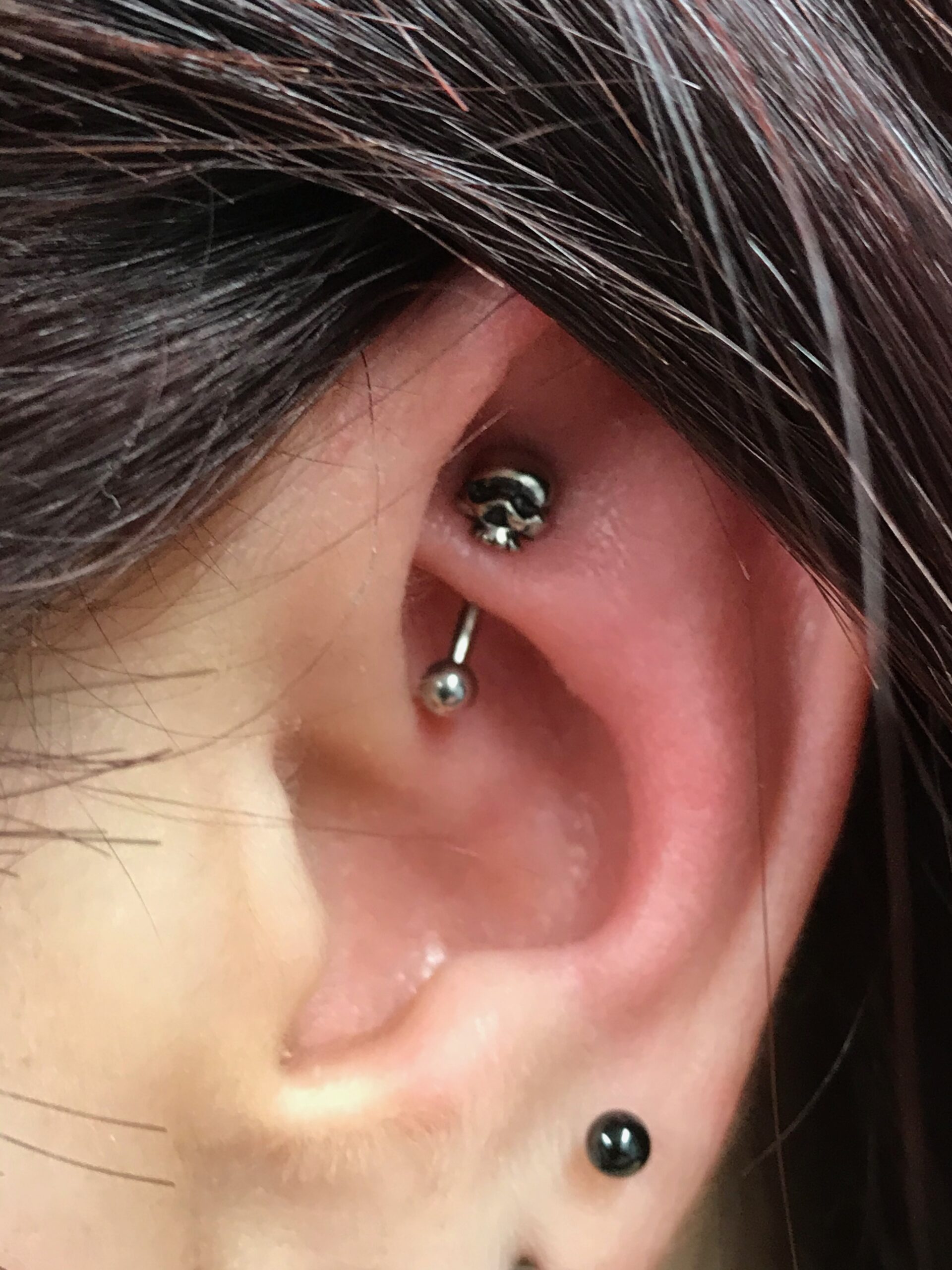
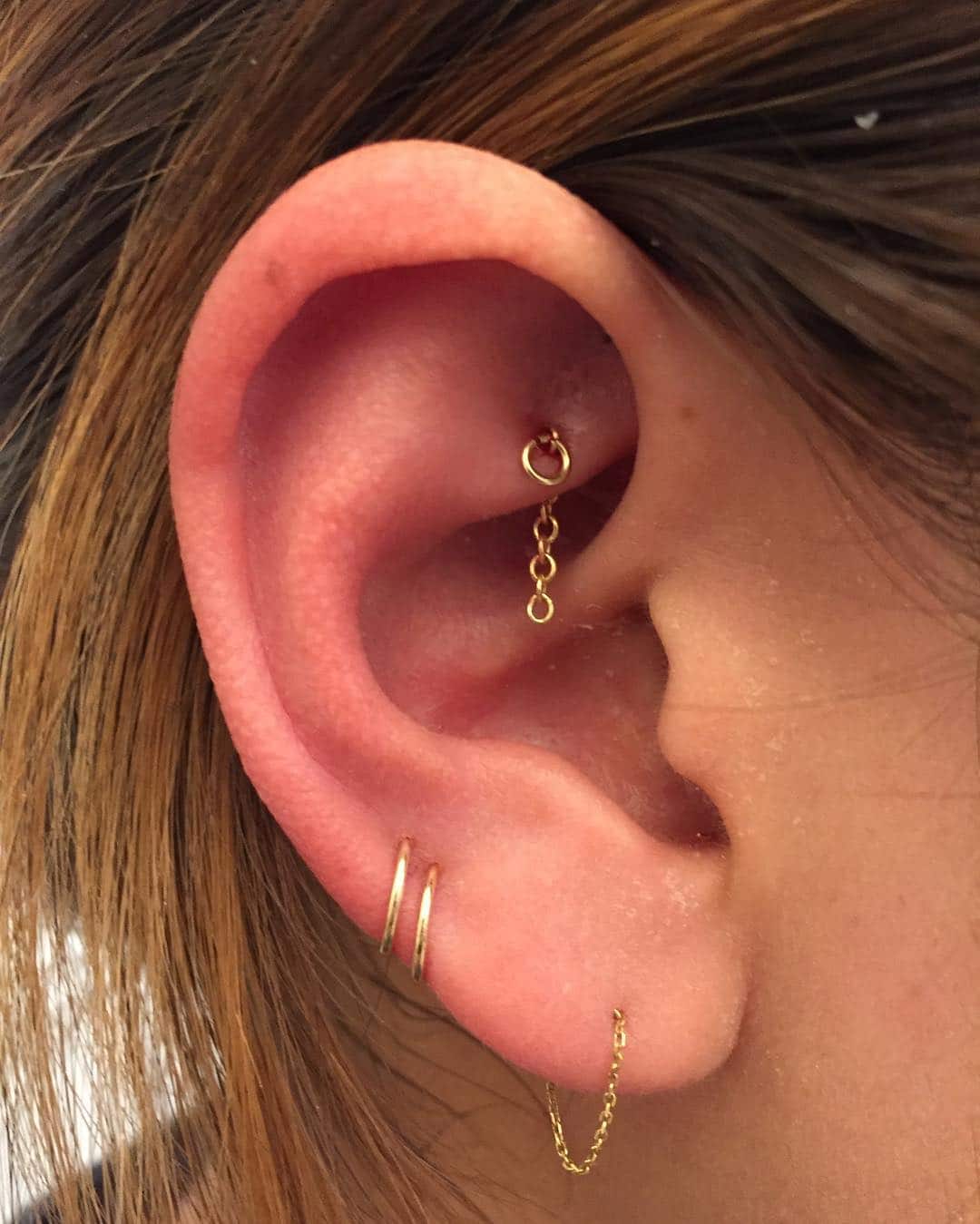
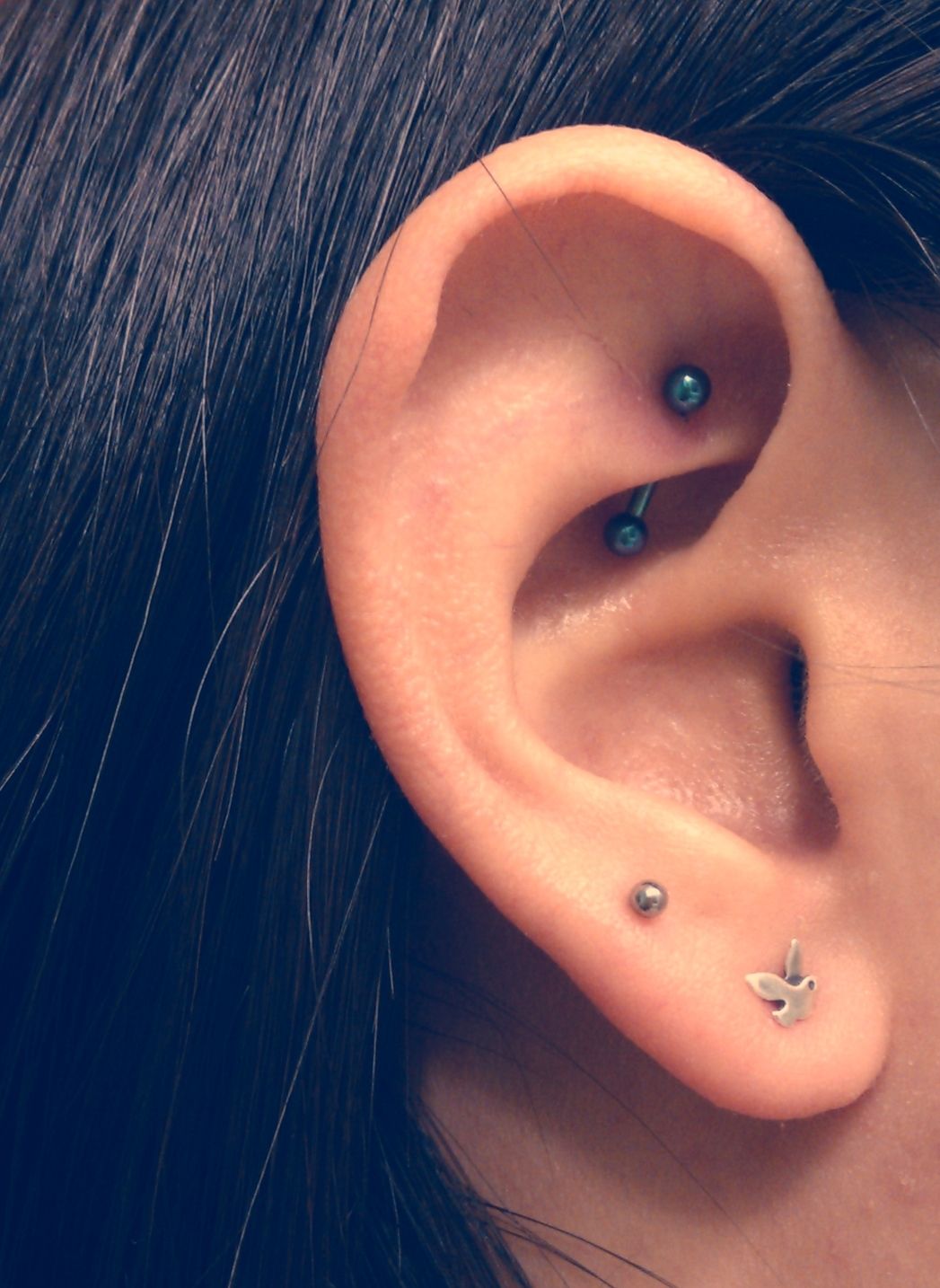
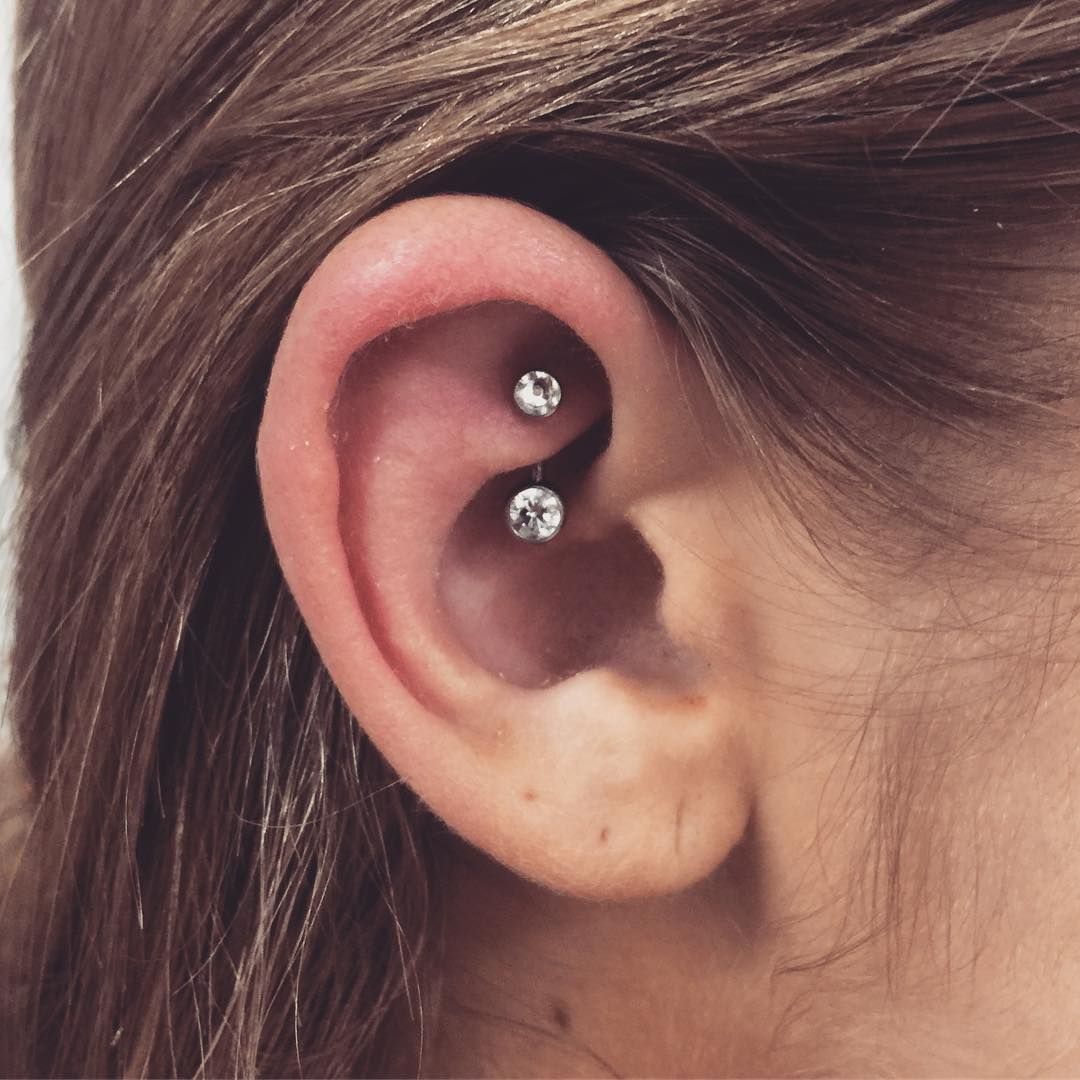
Infections are rare but can happen with rook piercings. Good hygiene and following piercer’s instructions minimize the risk. Avoid sleeping on the pierced ear and swimming soon after the piercing. Loose jewelry and tight-fitting rings should be avoided to prevent pressure on the piercing. Choosing an experienced professional and high-quality jewelry is crucial. Proper aftercare ensures quick and secure healing.
Note: After your rook piercing heals, you can care for it with a saltwater solution and tea tree oil mixture. Soak the piercing twice daily for a specific duration.
